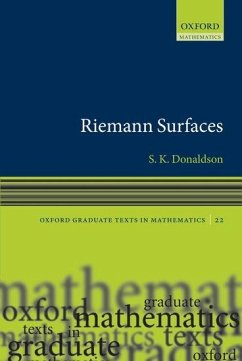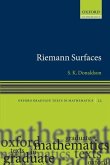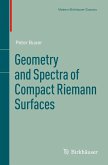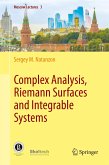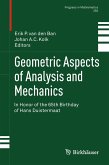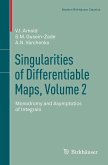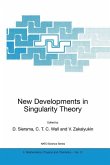The theory of Riemann surfaces occupies a very special place in mathematics. It is a culmination of much of traditional calculus, making surprising connections with geometry and arithmetic. It is an extremely useful part of mathematics, knowledge of which is needed by specialists in many other fields. It provides a model for a large number of more recent developments in areas including manifold topology, global analysis, algebraic geometry, Riemannian geometry, and diverse topics in mathematical physics. This graduate text on Riemann surface theory proves the fundamental analytical results on the existence of meromorphic functions and the Uniformisation Theorem. The approach taken emphasises PDE methods, applicable more generally in global analysis. The connection with geometric topology, and in particular the role of the mapping class group, is also explained. To this end, some more sophisticated topics have been included, compared with traditional texts at this level. While the treatment is novel, the roots of the subject in traditional calculus and complex analysis are kept well in mind. Part I sets up the interplay between complex analysis and topology, with the latter treated informally. Part II works as a rapid first course in Riemann surface theory, including elliptic curves. The core of the book is contained in Part III, where the fundamental analytical results are proved. Following this section, the remainder of the text illustrates various facets of the more advanced theory.

